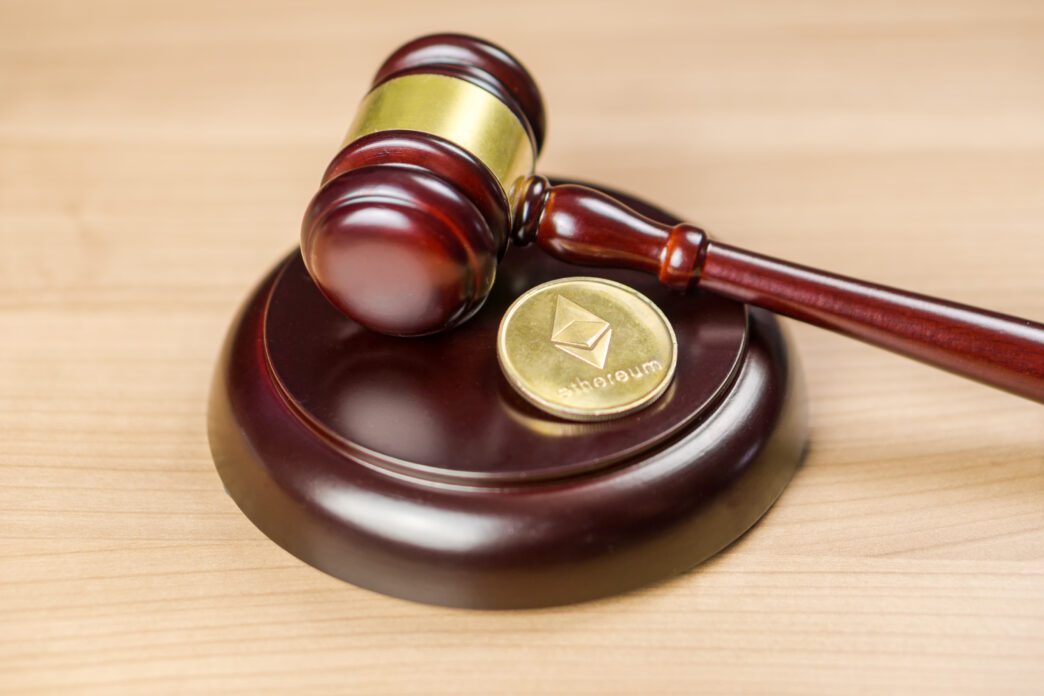Executive Summary
- The landmark fraud trial against brothers Anton and James Peraire-Bueno, accused of a $25 million Ethereum MEV exploit, ended in a mistrial after a fatigued and divided jury failed to reach a unanimous verdict.
- This case marked the first criminal prosecution specifically targeting Maximal Extractable Value (MEV) manipulation, with prosecutors alleging an exploit of Ethereum’s validator layer and the defense claiming adherence to internal rules.
- The mistrial underscores the inherent complexities of prosecuting alleged financial crimes within decentralized blockchain systems and the challenge of applying traditional fraud statutes to highly technical crypto mechanics.
The Story So Far
- The mistrial in the Peraire-Bueno case highlights the complexities of prosecuting Maximal Extractable Value (MEV) manipulation, a novel method where blockchain validators can profit by reordering transactions, as it represents the first criminal prosecution of its kind and underscores the inherent friction between the open architecture of cryptocurrency networks and traditional legal interpretations of fraud.
Why This Matters
- The mistrial in the first criminal prosecution of Maximal Extractable Value (MEV) exploitation underscores the significant challenges legal systems face in applying traditional fraud statutes to the complex, decentralized nature of blockchain technology. This outcome could embolden similar MEV activities within open blockchain networks due to the unclear legal boundaries, intensifying the debate over what constitutes legitimate versus exploitative behavior in the crypto space and potentially hindering future attempts to prosecute such cases.
Who Thinks What?
- Prosecutors alleged that the brothers committed a criminal exploit by manipulating Ethereum’s validator layer, undermining the blockchain’s integrity, and argued that knowledge of illegality was not strictly required for conviction.
- The defense maintained that the brothers’ actions adhered to Ethereum’s internal rules and that criminal intent (mens rea) had not been adequately proven, challenging the prosecution’s claim regarding the necessity of proving knowledge of illegality.
- The mistrial, driven by a fatigued and divided jury unable to apply traditional fraud statutes to complex blockchain mechanics, highlights the difficulty in prosecuting alleged financial crimes within decentralized networks and the ongoing debate about legitimate activity versus exploitation.
The landmark fraud trial against brothers Anton and James Peraire-Bueno, accused of a $25 million Maximal Extractable Value (MEV) exploit on Ethereum, has ended in a mistrial in a U.S. court. U.S. District Judge Jessica Clarke declared the mistrial on Friday after a fatigued and divided jury failed to reach a unanimous verdict following three days of deliberation.
Prosecutors had alleged that the brothers exploited Ethereum’s validator layer, a practice they described as “the first exploit of its kind” that undermined the blockchain’s integrity. This case represented the first criminal prosecution specifically targeting MEV manipulation.
The defense, however, maintained that the brothers’ actions adhered to Ethereum’s internal rules and that criminal intent, or mens rea, had not been adequately proven. Tensions reportedly arose during deliberations when prosecutors suggested jurors could convict even without proof of the defendants’ knowledge of illegality, a claim the defense labeled “outrageous.”
Judge Clarke partially sided with prosecutors on the definition of intent, instructing jurors that “wrongful means a bad purpose” and that knowledge of illegality was not strictly required. Nevertheless, the highly technical nature of the case and the difficulty of applying traditional fraud statutes to complex blockchain mechanics ultimately left the jury at an impasse.
The jury’s final note to the judge stated, “We have debated with each member being open… We are no closer to a unanimous decision. We are under stress. Some cried. Many have not slept.” This deadlock forced Judge Clarke to declare the mistrial, despite prosecutors urging further deliberations or a juror replacement.
The government now faces a decision on whether to pursue a retrial, seek a plea agreement, or dismiss the charges. Legal observers suggest the mistrial underscores the growing friction between the open architecture of cryptocurrency networks and conventional legal interpretations of fraud.
The Broader Context of MEV
Maximal Extractable Value (MEV) refers to the profit that can be gained by validators or miners through their ability to include, exclude, or reorder transactions within a block. Research from Flashbots indicates MEV exploitation is an increasing challenge to blockchain scalability.
MEV bots currently consume a significant portion of blockspace, accounting for 40% of all blockspace on Solana and over half of the gas usage on Ethereum rollups like Base and OP Mainnet. While the Peraire-Bueno case was the first criminal prosecution of MEV manipulation, similar exploits, such as “sandwich attacks” affecting over 81,000 users in the last 30 days, continue to occur across various networks.
Key Takeaways
The mistrial highlights the complexities inherent in prosecuting alleged financial crimes within the decentralized and technically intricate world of blockchain. It also brings to the forefront the ongoing debate about what constitutes legitimate activity versus exploitation within a system designed for open and permissionless participation.







